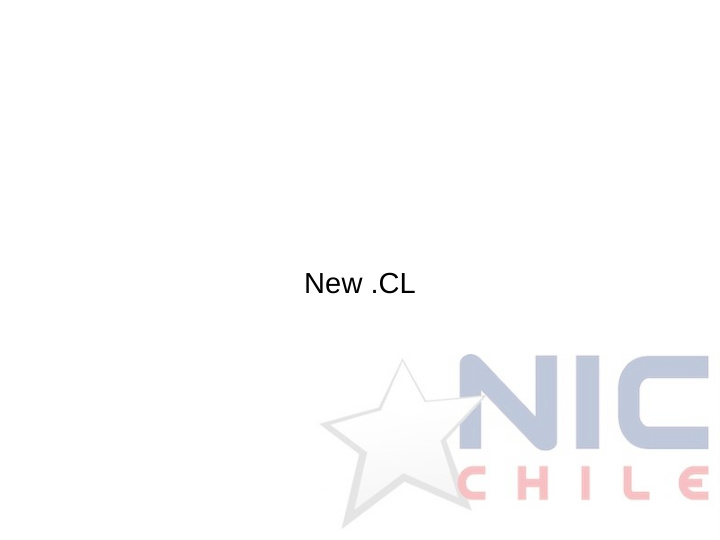



New .CL
NIC Chile
NIC Chile
Old system: 1997 - 2012 ● Monolithic and Tightly coupled systems – 2002: from data files to database ● Built “on-demand” ● One registrar without user accounts ● Local rules: – RUT (National ID number), Comuna (district or prefecture) ● Technology tools: – Perl (CGI, shell scripts, cron), MySQL, Apache
Old System
New .CL ● M a i n G o a l s – U s e r a c c o u n t s – Registry – Registrar model – Scalability (new architecture) – Online Dispute Resolution System – Transfer domain names from old system to new system – Stop registration in the old system – New website
New .CL: model, protocols
New .CL: model, users
New .CL: technology ● Web applications: – Java: Spring and Struts Frameworks, HTML5 ● Scheduled tasks: – Java, Perl, Python ● Database: Percona server ● Message broker: Activemq ● Web Server: Apache ● Web App Server: Tomcat
New .CL: servers architecture
Did it work?
Domain Names: where are they? Old system: 186.120 New .CL: 301.462
Why did we do it on our own? Reason #1 External tools need a lot of customization: – More than 400.000 domains working with .CL policies: RUT, Comuna, Local Arbitration System, Payment/Invoicing System, internal bureaucracy, etc
Why did we do it on our own? Reason #2 Requirements evolve, currently: – More than 209.000 lines of code in 15 new systems – More than 350 new installs (only main systems)
Why did we do it on our own? Reason #3 We have experienced engineers: – developers, sysadmin, network admins, DNS admin
Lessons learned ● Coordination: this is an organization change – Direct line to customer service and other areas: legal, administrative, payments, invoicing ● Use the right technology for the right task ● If your pentest was OK the first time, don't trust it! ● Divide and conquer – Separate components and responsibilities ● It is useful to carry out stress tests and usability test
Thank you! José Urzúa jose@nic.cl
Recommend
More recommend